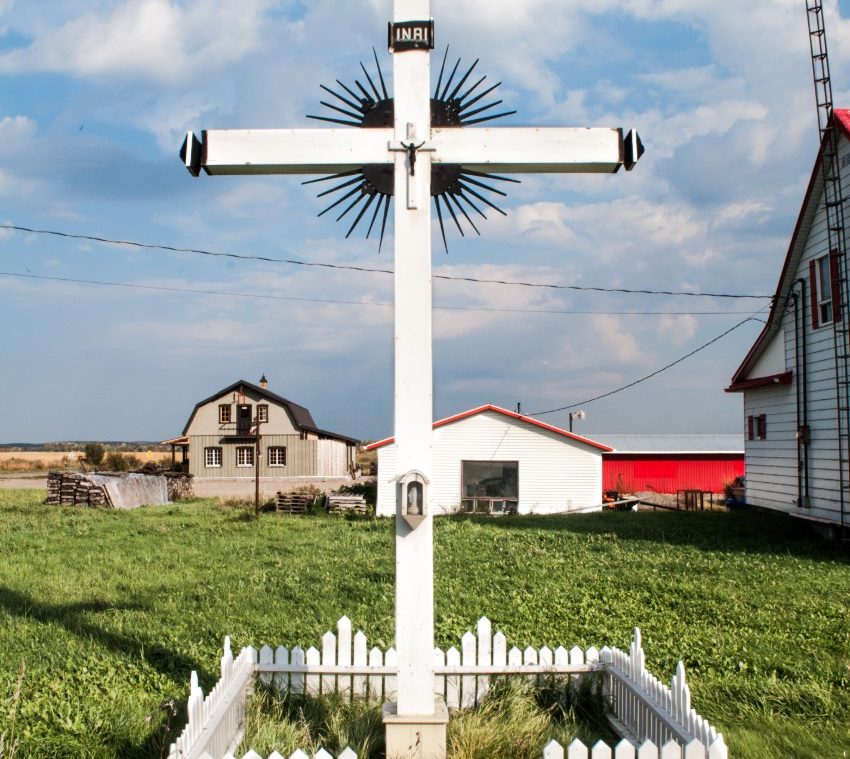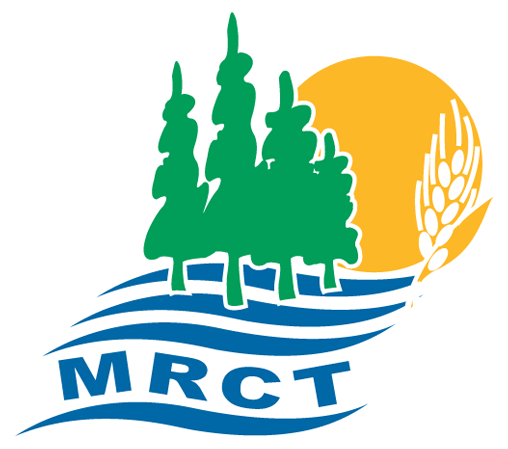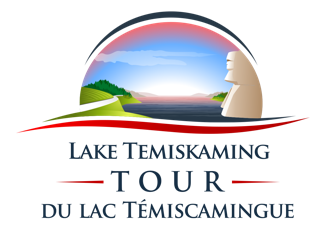
St-Eugène Wayside Cross
croix décorée d'éléments peints en noir
Year : 2016
Photo credit : Christine Brézina
St-Eugène-de-Guigues Wayside cross
In almost every municipality in Témiscamingue, you can still find at least one wayside cross. There are around thirty of these crosses in our region. Apart from those placed on the roadside, some are installed on mountains, in public places like Fort-Témiscamingue, or on the private properties’ courtyards. A niche on the crossbeam is a quite common feature. Some crosses are mounted on a pedestal and surrounded by a white wooden fence.
Behind each wayside cross, there lies a specific intention:
- Commemorative Cross: It serves as a reminder of a particular event or site.
- Foundation Cross: It symbolizes the act of taking possession of new land by humans.
- Public Devotion Cross: It represents the traditional wayside cross, acting as a gathering place.
- Votive Cross: It testifies to a specific vow or wish. These crosses are either planted to seek a favor or erected to express gratitude for a favor received.
Wayside crosses can be classified into three models:
- Simple Wayside Cross: Comprising a post and crossbeam, sometimes adorned with decorative elements on the ends.
- Instruments of the Passion Wayside Cross: Generally, symbolic objects like the lance, sponge, hammer, nails, crown of thorns, etc., can be found on the crossbeam.
- Calvary: It depicts Christ on the cross and is occasionally surmounted by a small structure. The Virgin Mary and Saint John the Apostle are sometimes represented at the foot of the cross. Calvaries are predominantly found in cemeteries.
Did you know that:
There are eight different types of wayside crosses identified in the Témiscamingue region. Discover them all.





